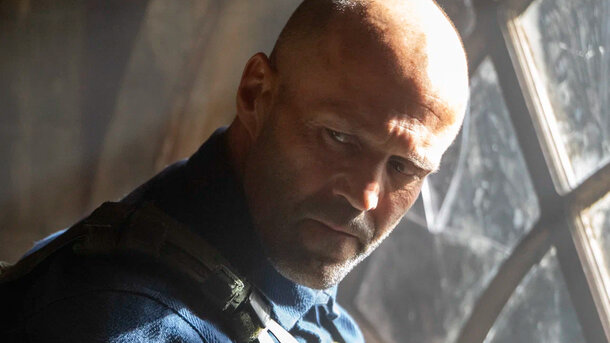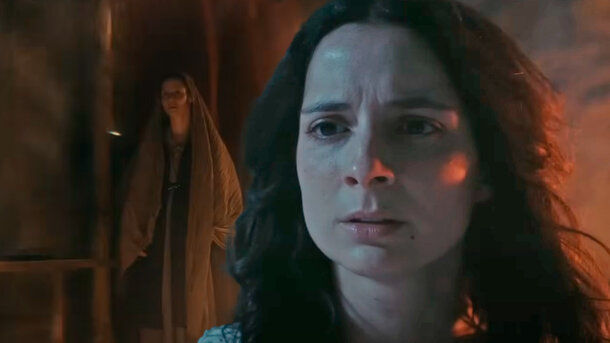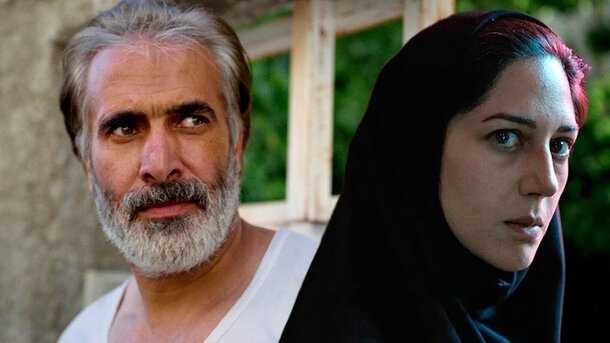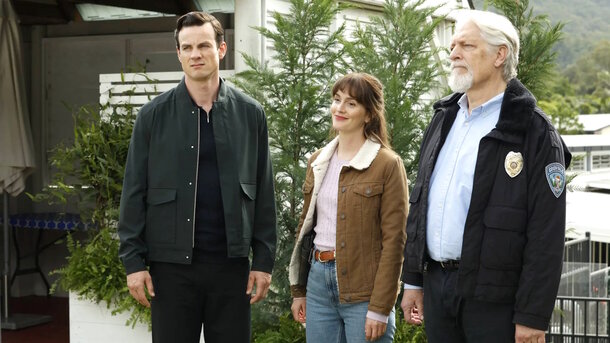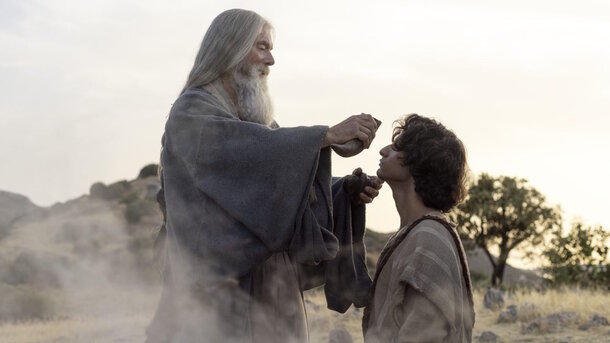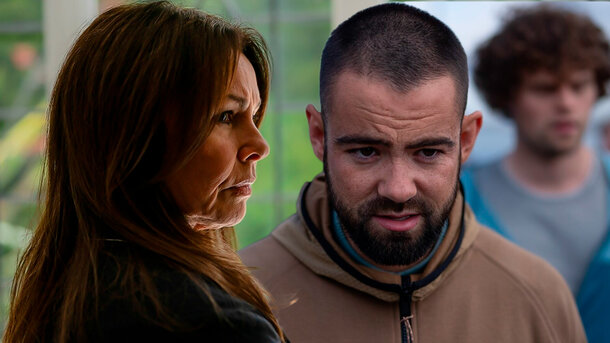Takeshi Kitano’s Kubi (2023) offers a gripping and visually arresting retelling of one of Japan’s most pivotal historical moments: the Honnō-ji Incident of 1582. Based on Kitano’s 2019 novel of the same name, the film presents a richly layered narrative that delves into the political intrigues, personal ambitions, and betrayals that led to the downfall of Oda Nobunaga.
Plot Overview
The story is about the infamous betrayal of Oda Nobunaga (played by Ryo Kase) by his vassal Akechi Mitsuhide (Hidetoshi Nishijima), culminating in the dramatic events of a battle at Honnō-ji Temple. The plot artfully combines historical facts with fictionalized events, focusing on the motivations and emotional turmoil of key figures, including Hashiba Hideyoshi (Takeshi Kitano) and his loyal strategist Kuroda Kanbei (Tadanobu Asano). This epic story unpacks the complexity of the power struggles and shifting alliances in the Sengoku period, revealing a nuanced picture of loyalty and great ambitions.
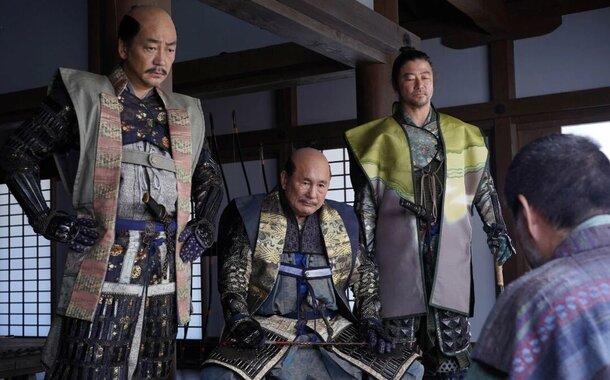
Director’s Vision
Kitano’s signature style masterfully shines in Kubi, blending brutal realism with moments of philosophical introspection and quite dark humor. As writer, director, and editor, Kitano masterfully controls the film’s pacing, alternating between quiet tension and explosive action. The dialogue carries a weighty authenticity, while Kitano’s framing of scenes captures both the beauty and brutality of the historical era. His portrayal of Hashiba Hideyoshi offers a unique perspective on the man who would later unify Japan, presenting him as both shrewd and deeply flawed.
Performances
The cast ensemble delivers absolutely exceptional performances. Hidetoshi Nishijima’s Akechi Mitsuhide stands out as a conflicted and tragic figure, torn between his moral convictions and the ruthless realities of the Sengoku period. Ryo Kase brings a fiery intensity to Oda Nobunaga, portraying the warlord as both charismatic and merciless. Tadanobu Asano’s Kuroda Kanbei provides a steadying presence amidst the chaos, while Nao Omori as Hashiba Hidenaga adds depth to the familial dynamics within the Hashiba clan. Kitano himself imbues Hideyoshi with a mix of cunning and unpredictability that keeps the audience on edge.
Cinematography and Sound
Visually, Kubi is a feast for the eyes. Cinematographer Katsumi Yanagishima captures the stark beauty of the Japanese landscape, from mist-shrouded mountains to the blood-soaked floors of Honnō-ji. The use of light and shadow enhances the film’s dramatic tension, while the meticulous attention to period detail immerses viewers in the Sengoku era.
Themes and Symbolism
At its core, Kubi explores themes of loyalty, ambition, and the unbridled nature of power. The title, meaning “neck” in Japanese, symbolizes the decapitations that punctuate the film’s narrative, serving as a grim reminder of the price of betrayal. The film also reflects on the human cost of war, with moments of quiet introspection and scenes of violent carnage.
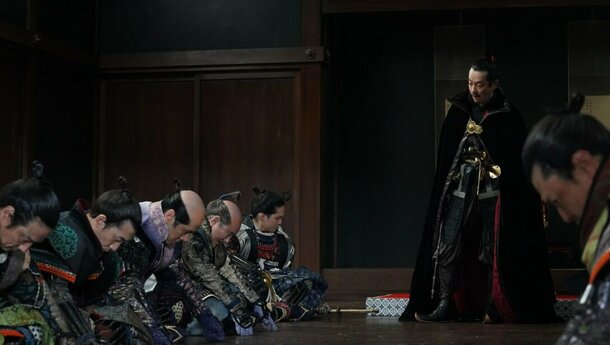
Final Verdict
Kubi is a bold and thought-provoking film that reimagines one of Japan’s most famous historical events with artistic flair and emotional depth. Kitano’s direction, combined with stellar performances and stunning visuals, makes it a standout entry in the samurai film genre. While its complex narrative may challenge viewers unfamiliar with the historical context, Kubi rewards those willing to engage with its intricacies.
Budget: The film had an estimated budget of ¥1.5 billion (approximately $9.6 million).
IMDb Rating: As of now, the IMDb rating for Kubi is not available.



